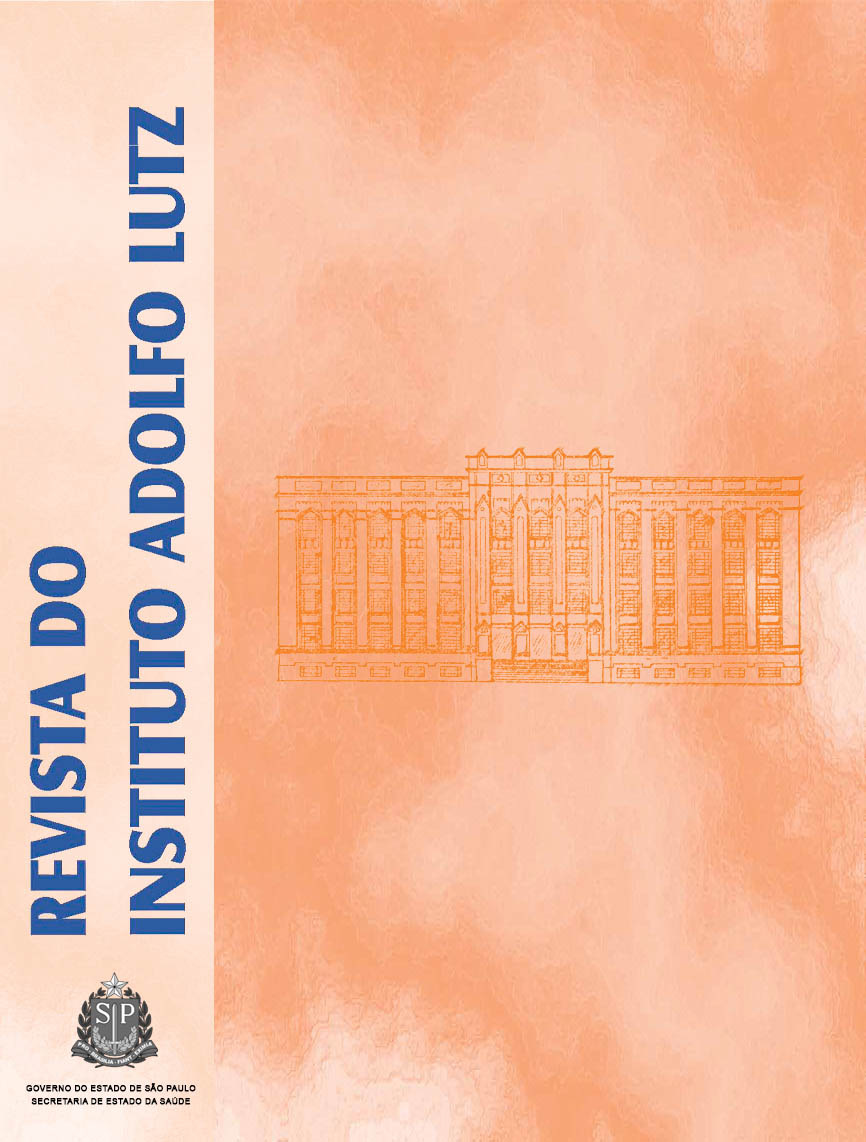Abstract
Sucralose is derived from sucrose in a process that substitutes three hydroxyl groups by three chlorine atoms, resulting in a high intensity sweetener, approximately 600 times sweeter than sugar. For light and diet products the sucralose sweetener can be used either isolated or associated to other sweeteners. The most suitable technique for sucralose determination is the high performance liquid chromatography (HPLC) with refractive index detection. The present study aimed to use a technique recommended by Food Chemical Codex (FCC) and by JECFA (FAO/WHO) for analysis of pure sucralose in diet soft drinks and table top sweeteners samples. The employed technique was HPLC on a C-18 reverse-phase column, with a mobile phase water/acetonitrile (85:15 v/v), and refractive index detection; the external standard method was used for quantification. The obtained calibration curve was linear at 95 % confidence level with R2adjust = 1.00. The recoveries varied from 96 to 101 %. Sucralose concentrations ranged from 0.1 to 7 g. 100 g-1 for table top sweeteners, and from 6.1 to 16.2 mg. 100 mL-1 for soft drinks samples. The application of this methodology proved to be very efficient for processing the sucralose separation and its quantification in analyzed samples.References
1. Brasil. Portaria nº 318 de 24 de nov de 1995, da DTEN do Ministério da Saúde. [Aprova o uso do aditivo sucralose, com a função de edulcorante em alimentos e bebidas dietéticas]. Diário Oficial [da] República Federativa do Brasil, Brasília, DF, 28 nov. 1995. Seção 1, nº 227, 19406.
2. Miller GA. Alternative Sweeteners, New York: Marcel Dekker, Inc.,1991. p. 173-95.
3. Katrin S, Manczyk C. Reformulando as regras: novas opções em sistemas edulcorantes. Food Ingredients 2003; 24: 50-2.
4. Quinlan ME, Jenner MR. Analysis and stability of the sweetener sucralose in beverages. J Food Sci 1990; 55(1): 244-6.
5. Wallis KJ. Sucralose: features and benefits. Food Australia1993; 45(12): 578-80.
6. JECFA-Joint Fao/Who Expert Commitee on Food Additives -Compendium of Food Additive Specifications. Rome, 1992. p. 1535-6.
7. Brasil. Resolução RDC no 3, de 2 de jan. de 2001 da ANVISA do Ministério da Saúde [Aprova o uso de aditivos edulcorantes, estabelecendo seuslimites máximos para os alimentos]. Diário Oficial [da] República Federativa do Brasil, Brasília, DF, 5 jan. 2001. Seção 1, no 4, p. 39-40.
8. JECFA. Joint Fao/Who Expert Commitee on Food Additives -Disponível em www.inchem.org/documents/jecfa/jeceval/jec_1914.htm. Acesso em:11 fev 2005.
9. Lawrence JF, Charbonneau CF. Determination of seven artificial sweeteners in diet food preparations by reverse-phase liquid chromatography with absorbance detection. J Assoc Off Anal Chem1988; 71(5): 934-7.
10. Committee on Food Chemicals Codex – Food Chemicals Codex. 4ªed. Washington D. C.: National Academic Press; 1996. p. 398-400.
11. MINITAB for windows, [Minitab- Inc, USA.] Versão. 13.31. 2000. CD-rom.
12. Currie L A. Detection and quantification limits: origins and historical overview. Analytica Chimica Acta 1999, 391: 127-34.

This work is licensed under a Creative Commons Attribution 4.0 International License.
Copyright (c) 2005 Instituto Adolfo Lutz Journal
